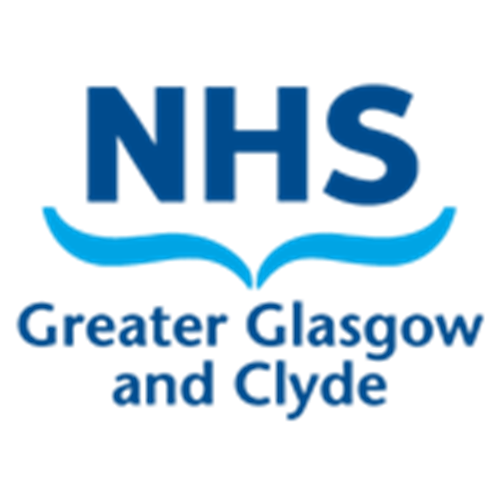Central Line Maintenance and Care
Inadequate central line care can result in an increased infection risk, increased risk of the line becoming dislodged (which can lead to major haemorrhage or air embolism), and blockage of the lumens (rendering the line non-functional). Line care follows a standard Aseptic Non Touch Technique ®. Early troubleshooting can help to minimise problems. Key points of line maintenance are as follows:
- Patients should be made aware that they have a central line inserted, to minimise the risk of accidental dislodgement or removal of dressings.
- The central line site should be inspected at a minimum of once per day, to ensure the line remains in place, the sutures are intact, the dressing remains intact, and there are no signs of infection or bleeding at the insertion site. The dressing is typically a clear tegaderm dressing which does not need to be removed (unless it is damaged or soiled) to inspect the site.
- If the sutures are no longer in place, this should be highlighted to the obstetric anaesthetic team for review and re-suturing. The sutures should be under sufficient tension to hold the line securely.
- A clear tegaderm dressing should be placed over the central line. This should be changed at least once per week, or sooner if the dressing has become loose or soiled.
- All ports should be covered by a Needle Free Access Device (NFAD).
- Lumens usually have a clamp which should be in a closed position when it is not in use.
Obtaining Blood Samples from a Central Line
In a patient with difficult venous access, it is likely to be much easier to obtain blood from a central line that is in place, as opposed to trying in a peripheral vein. Key points are as follows:
- A standard ANTT® approach with appropriate PPE must be considered
- The Needle Free Access Device (NFAD) covering the lumen should be cleaned with a 2% Chlorhexidine / 70% Alcohol wipe (“Scrub the Hub”) and allowed to dry for at least 30 seconds
- The clamp over the line should be released and a 10ml syringe inserted into the end
- Using this syringe approximately 3-5ml of blood should be aspirated and discarded
- If a small amount of blood is not discarded this can result in inaccurate results. The volume of blood discarded should be at least 2x the volume contained within the line deadspace, so approximately 3-5ml will be sufficient.
- A Vacuette tube is then placed on the NFAD using a “push and twist” technique
- Blood bottles can then be filled as required by inserting them into the Vacuette tube, which can then be released and disposed of in the sharps bin when complete.
- A fresh 10ml syringe filled with 0.9% saline should be used to flush the lumen through the NFAD using a “push/pause” technique and positive pressure, with the plunger being pushed as the clamp is reapplied.
- Once this is complete, the NFAD covering the lumen should be cleaned with a 2% Chlorhexidine / 70% Alcohol wipe (“Scrub the Hub”) and allowed to dry for at least 30 seconds.
There are a few additional points to consider regarding taking blood samples from a central line:
- Taking blood cultures from a central line should ideally be avoided if possible due to the risk of bacterial colonisation resulting in a false positive blood culture result. However if there is a suspicion the line is infected, this may be specifically asked for.
- It may be difficult or impossible to aspirate blood if the lumen is blocked. Another lumen may be used if this is the case, but if it is not possible to aspirate blood then this should be escalated to the medical team for troubleshooting.
- If one of the central line ports is being used for TPN, this port should not be used for blood sampling or medication administration due to an increased infection risk.
Safe Removal of a Central Line
It is important to remove a central line in a safe manner due to the risk of air embolism or haemorrhage if done improperly. As with blood sampling or IV medicines administration, this should be done with a standard ANTT® approach with appropriate PPE. The following should be considered:
- An explanation should be given to the patient of what is about to happen.
- The patient must be lying flat with a head down tilt (Trendenburg position)
- The dressing should be carefully removed and discarded
- The area should be cleaned using a 2% chlorhexidine / 70% isopropyl alcohol wand and be allowed to dry for at least 30 seconds
- The sutures should be released using a stitch cutter and removed
- The patient should then be asked to hold their breath and perform a Valsalva manoeuvre, as this happens the central line should be withdrawn whilst gentle pressure is immediately applied over the insertion site with a sterile swab
- The pressure should be maintained until the bleeding has stopped. This may take approximately 5-10 minutes, and should be at least 15 minutes for a femoral line, but could take longer.
- The site should then be covered with a hydrocolloid dressing. This should stay in place for at least 2 hours.
- Before discarding the central line it should be inspected for any signs of damage
- Patients should be advised to minimise any physical exertion for at least 1 hour after removal. If they have had a femoral line in, they should be nursed lying flat for at least 2 hours.
- The patients observations should be recorded after line removal, and the limb closest to the insertion site should be observed for any changes in skin colour or signs of swelling.
